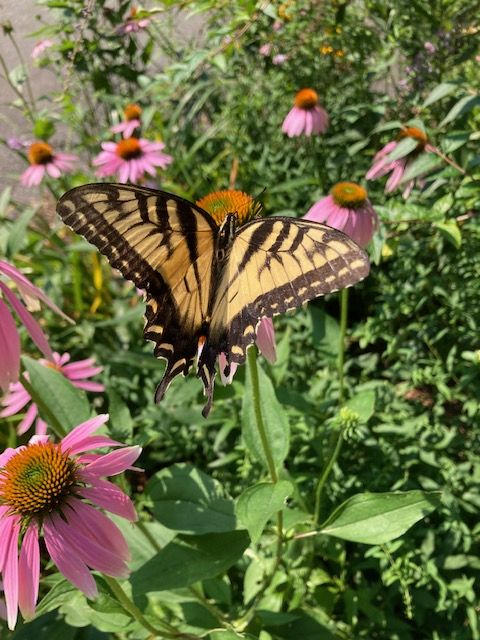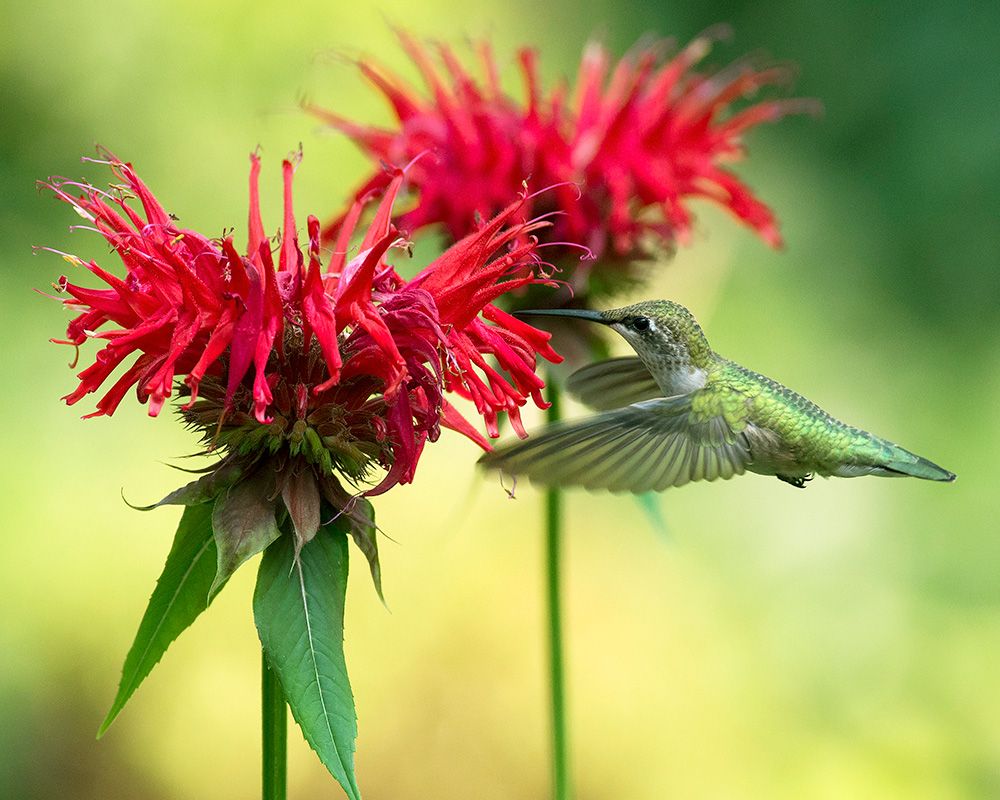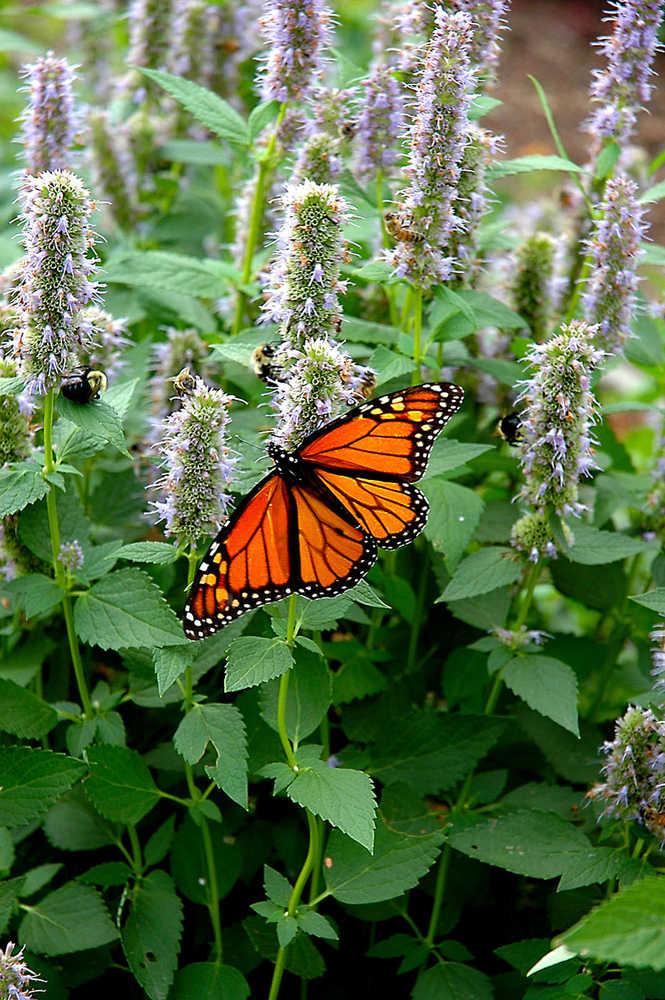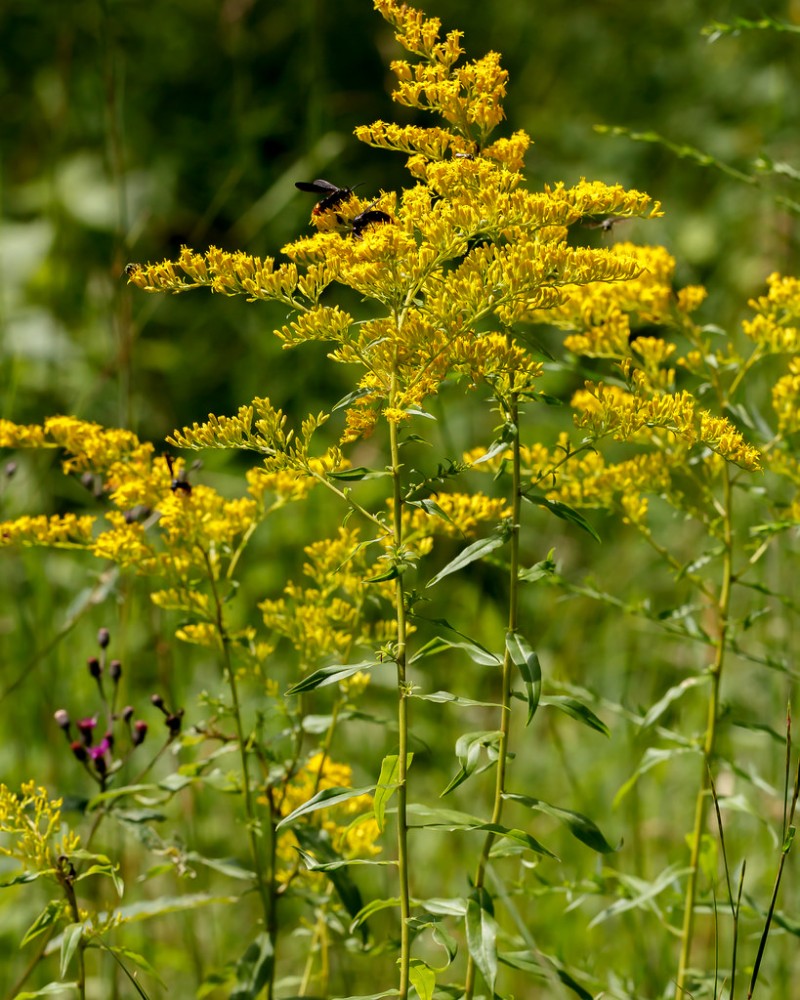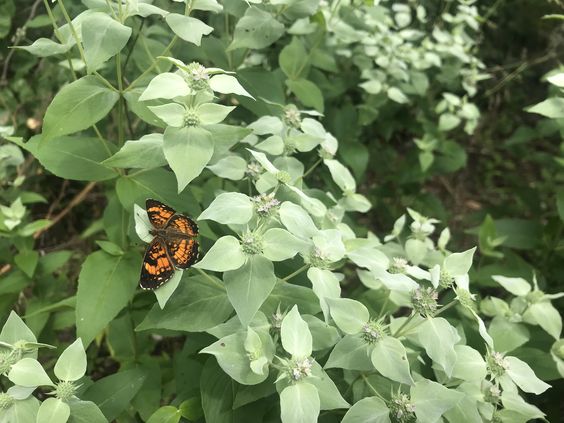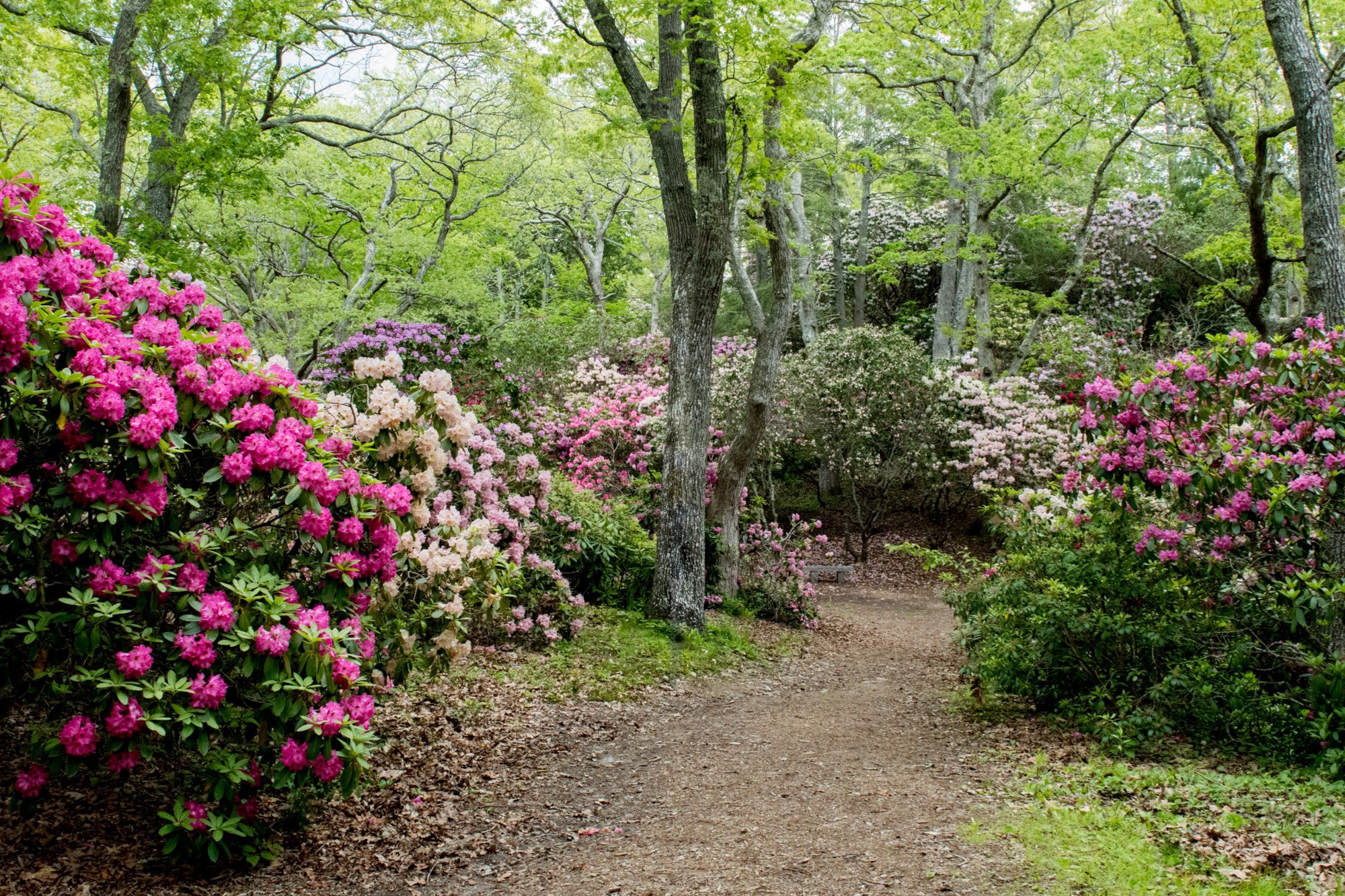Pollinator Tea Garden: Provide for native bees and use the leaves for amazing teas!
Iris Clearwater, Senior Gardener
There are many things that you can do to support both your own health and wellness, and that of our native butterflies and bees populations, which we need to keep our ecosystem healthy. Below, you’ll find some good general tips for your garden that will help our pollinating friends, along with advice for planting herbs and flowers that can be made into teas to support your health and wellbeing as well!
For butterflies, it is best to observe and discover which butterflies are in your specific region, and to plant abundant host plants for them. It is important to see that host plants for caterpillars, and nectar plants for adults are both essential for their survival. Similarly, bees too need nectar plants as well as plants that provide pollen to feed their young. Here is a link to resources I’ve collected for planting for pollinators.
When planting for pollinators, it is best to plant in masses – either as a large patch of each flower, or as a matrix mixture of flowers with several plants grouped together – this both helps pollinators to find the plants, and makes it worth their while. It’s better for pollinators to have a big bunch of one pollinator plant than many diverse individuals.
Like us, pollinators also need shelter and clean sources of water (like wet sand or a platter with pebbles and water) to drink from. They also like salt, so you may want to offer a patch of wet sand or mud with sea salt. Shelter can be areas of bare soil for ground-nesting bees.
Herbicides and insecticides are often harmful to pollinators, birds, fish and life in many forms. Making choices to minimize and eliminate the use these harmful chemicals is one of the most important things that you can do.
Planting for pollinators can be beneficial for us too, soothing our spirits with natural beauty while enjoying a delicious cup of organic, native, as-locally-grown-as-you-can-get cup of tea. Herbal teas are soothing and can provide many health benefits. In addition, they contain virtually none of the caffeine found in coffee or black tea. Here are five awesome native pollinator providers for your own perennial Pollinator Tea Garden!
Eastern Purple Coneflower (Echinacea purpurea) The native pink variety is more cold hardy, persistent, and a much better provider than showy cultivars. A top choice for any pollinator garden, with long lasting pretty flowers that are used by a wide variety of butterflies and bees, and then go on to make seeds that feed beloved goldfinches and song sparrows. The flowers and roots can be made into teas and tinctures to boost your immunity.
Anise hyssop (Agastache sp.) Also known as licorice mint, you can add the leaves and flowers to any tea mixture. This is one of the most popular plants with all bees and also butterflies. There are native varieties of this species, but they self seed quite aggressively, so I personally tend to opt for cultivars, of which there are many heights and colors, such as ‘Blue Fortune’. Select one for your plant hardiness zone, and plant in sun with good drainage.
Beebalm (Monarda sp.) It is said that after the Boston tea party, the colonists made their own tea blend and it included beebalm for its Ear Grey like flavor, hence its common name, wild bergamot. Scarlet beebalm (M.didyma) ‘Gardenview Scarlet’ grows up to 4 feet tall with brilliant red flowers that attract hummingbirds and Hummingbird clearwing moths. Note that these are rhizomatous and will spread so you may need to dig out around the patch annually to contain. I also recommend the locally native Wild Bergamot (Monarda fistulosa) which is less aggressive and more delicate looking with fuscia colored flowers.
Mountain mint (Pycnanthemum muticum) This native mint has small flowers that are brimming with nectar for bees and butterflies. The leaves become mild when dry and taste to me like chocolate-mint girl scout cookies. Mountain mint grows in many conditions, and spreads rhizomatously, so plant either in a large container, or in an area where you don’t mind it growing wild.
Licorice-leaved or Sweet goldenrod (Solidago odora) This is a great non-aggressive variety of native goldenrod, providing nectar and pollen for native bees and hollow stalks for overwintering young. The leaves have a lovely licorice flavor for a soothing and digestive tea.
To turn your plants into tea, put about ¼ cup fresh herbs per cup of tea into a pot. Pour boiling water over the herbs, cover, and steep for three to five minutes. Strain the mixture before serving. It’s always good to preheat the pot and the serving cup with hot water; this will ensure a cup of hot tea at serving time. You can also make herbal tea with dried herbs: use just 1 teaspoon of herbs for each cup.
I hope you enjoy your tea as much as our pollinators will enjoy your plants!


